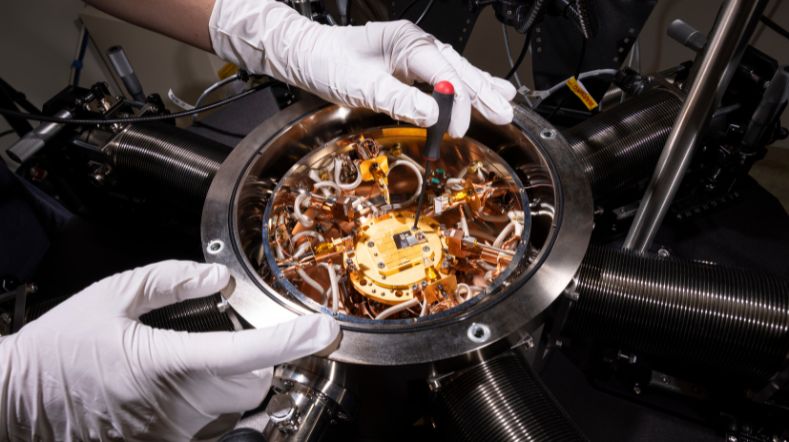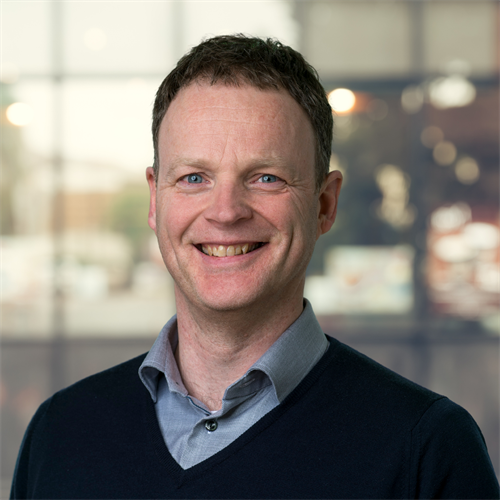
How TNO’s Ines Corveira Rodrigues shapes tomorrow's quantum world
At TNO, Ines Corveira Rodrigues is working on something that sounds straight out of science fiction: superconducting circuits that operate at temperatures colder than outer space. As a quantum scientist and technical lead, she is tackling one of the biggest challenges in quantum computing: making sure the technology works reliably when it really matters. ‘Around the world, teams are racing to build quantum computers,’ she says. ‘At TNO, we focus on everything else that needs to be ready. Solving problems others are not thinking about yet, but that will be essential for scaling up.’
273 Degrees below zero
Ines’ mission seems deceptively simple: create superconducting hardware that enables quantum computers to tackle problems classical ones would take years to crack. The reality? These circuits must operate at just a few millikelvin: nearly 273 degrees Celcius below zero. That is colder than deep space. At these extreme temperatures, materials like aluminum and niobium become superconducting, allowing electricity to flow without resistance.
TNO's quantumtechnologies
Together with partners, TNO accelerates the development of groundbreaking and innovative quantum technologies. From the building blocks and chips that enable the technology to fully developed devices and applications, we make rapid market introduction possible and ensure the greatest possible impact on society. Read more via the link below.
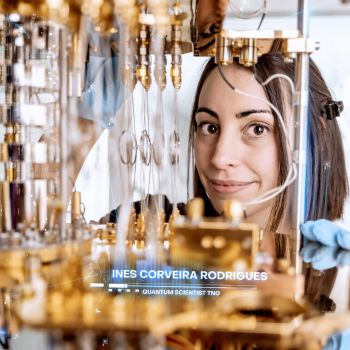
‘If your system can store quantum information for even a second, that gives you a lot of time to operate a quantum processor.’
From years to seconds
Once technical hurdles are overcome, quantum computing could be transformative. ‘Large-scale quantum computers will have far more computational power than anything we have today,’ Ines explains. ‘They could solve problems in seconds that currently take years—like discovering new medicines, modeling climate systems, or designing advanced materials.’
Beyond computing
While quantum computing grabs headlines, Ines’ work reaches further. Superconducting circuits could revolutionize radar systems, medical imaging, and quantum sensing. ‘With quantum circuits, you do not need massive antennas that scale with wavelength,’ she says. ‘You can replace them with tiny circuits that are just as sensitive.’ In healthcare, this could mean portable MRI machines. ‘Traditional MRIs require huge magnetic fields. But with superconducting quantum circuits, you could build smaller, mobile systems—bringing advanced diagnostics to places that do not have access today.’

Challenges
Compared to other quantum systems, superconducting circuits offer a big advantage: they are highly engineerable. ‘We can model them accurately and predict their behaviour, which makes them easier to integrate into real-world applications,’ Ines says.
But they come with challenges. Cooling them requires dilution refrigerators: complex machines that create some of the coldest environments in the universe. ‘At higher temperatures, quantum information decays quickly due to noise. Cryogenic conditions help suppress that noise, allowing for precise measurements and longer quantum operations.’
From Portugal to quantum puzzles
Ines’ journey into quantum science was not planned. Originally from Portugal, she came to the Netherlands through an exchange program and ended up doing her master’s thesis at SRON, the Dutch space research institute. ‘That is where I got into superconducting technology,’ she says. ‘I love connecting the dots and solving complex problems. It is creative work. You need to understand your system deeply to find solutions no one else has.’
After earning her PhD at TU Delft and completing a postdoc at ETH Zürich, she joined TNO. ‘TNO sits right between science and industry. There is so much knowledge here, and we use it to turn research into real-world solutions—not just for exploration.’
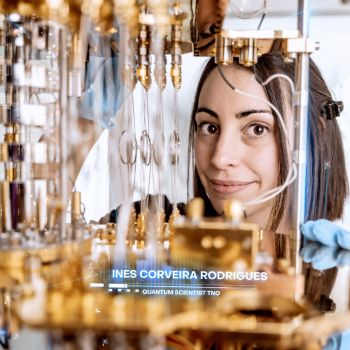
‘There is an enormous amount of knowledge and experience here, and we use it to translate new research into real-world solutions and cutting-edge technology.’
Power of teamwork
What sets TNO apart for Ines is the collaborative spirit. ‘At university, people often work in very small teams, or do everything themselves like design, simulation, fabrication, measurements, analysis. But at TNO, I work with experts who specialise in each step. I trust our nanofabrication engineers to build my designs better than I ever could.’ Juggling six or seven projects at once, she has learned to balance priorities and lean on her team. ‘Some people are great at spotting details I miss. Others bring energy that helps you push through tough days.’
Solving puzzles
When things do not work, Ines admits it can be frustrating. ‘I can get a bit obsessed,’ she laughs. ‘I keep thinking: why is it not working? What am I missing? Until we crack it.’ At TNO, she has expanded her skills: connecting superconducting circuits with other quantum platforms like NV centers and spin qubits, and growing into a leadership role.
Recently, she became technical lead of the superconducting Product Market Combination. ‘It is a big responsibility, but also a great opportunity to sharpen our focus and ask: what should we be working on? I really enjoy that.’
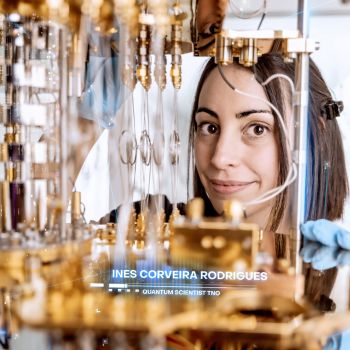
‘I am drawn to the puzzle. You have a problem, and you need to find a way to solve it. Sometimes in ways no one has tried before.’
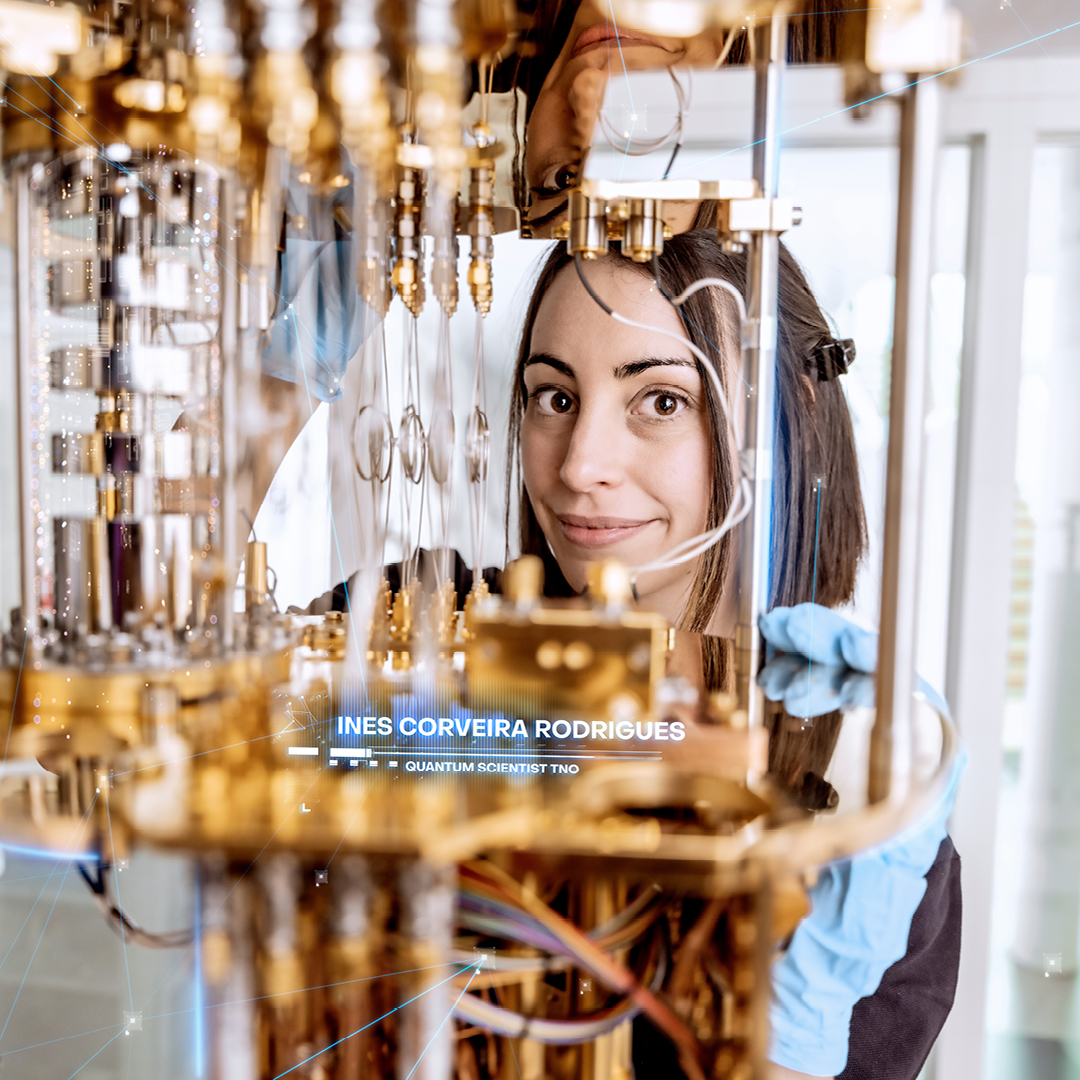
Want to become a time setter?
'Sometimes I’m literally bursting with pride in the lab.'
Get inspired
Pioneering with a purpose: The Netherlands at the forefront of quantum innovation
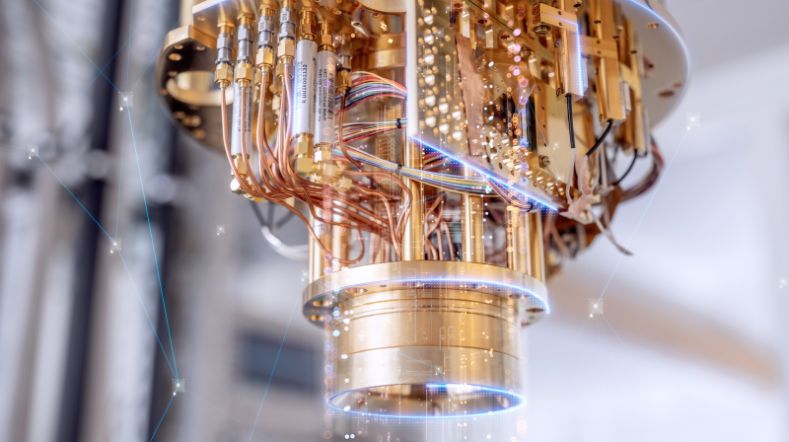

Pioneering on the edge of physics: quantum chips tested faster and faster
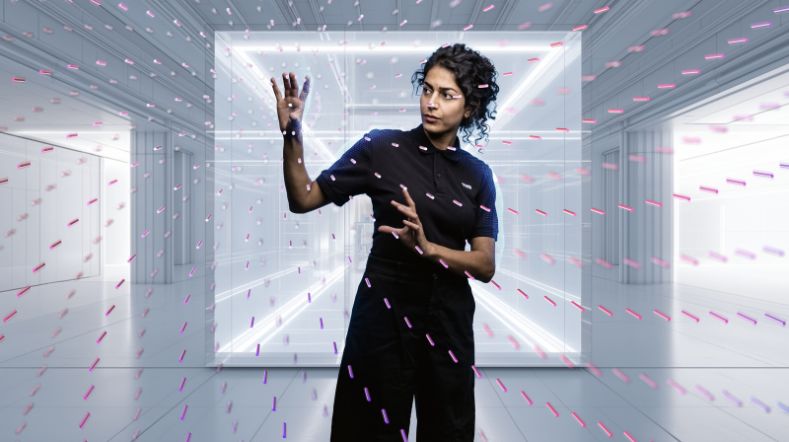

Art and quantum: student team renders superposition tangible with TNO


TNO expands quantum information technology testing capabilities to support startups
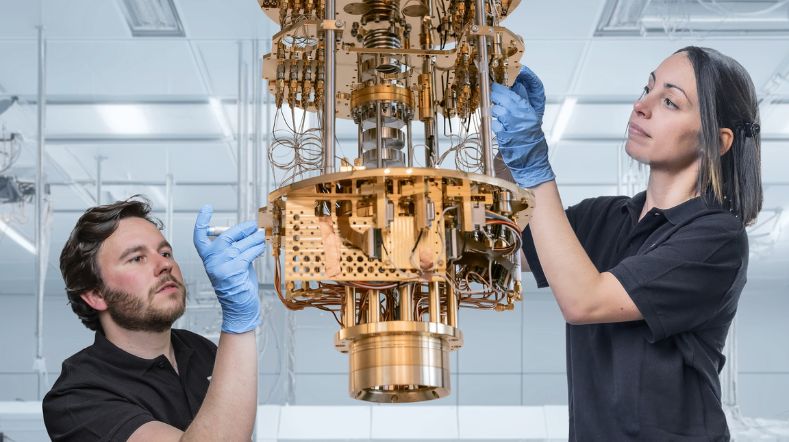

TU Delft appoints TNO’s Richard Versluis as Quantum and Computer Engineering Fellow
